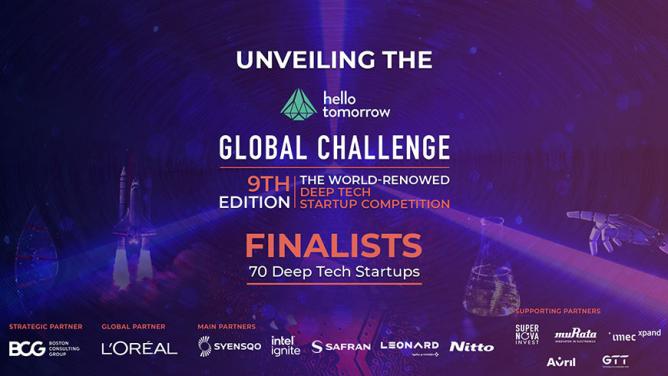Eave has developed a hearing protection system specifically designed for construction sites. It consists of intelligent ear defenders that promote situational awareness while collecting real-time data on the user’s ambient noise and noise exposure. It also offers access to an online platform (“Peak”) to analyse the data and support companies’ health and safety strategy.
Softsystems is a start-up created at the end of 2018 that specialises in the development of devices based on the use of artificial intelligence to warn of imminent risks of vehicle-pedestrian collision.
Why did you decide to enter the construction health and safety market in the construction sector?
David Greenberg: As a clinical and research audiologist, I have seen first-hand the isolation and loneliness caused by hearing loss. I have patients who have given up their careers, developed depression and simply lost the joy of human interaction because of their hearing loss.
On a more personal note, my grandmother worked in an extremely noisy factory, which caused her to lose her hearing. While she was very motivated, in noisy family situations she would fade into the background because she couldn’t hear what was going on. Eventually, her hearing loss led to the development of dementia.
Today, Eave has developed the technology that I am convinced would have prevented my grandmother from losing her hearing at work.
David Temam: Many serious and even fatal accidents occur every year due to pedestrian-construction equipment collisions. There are many technological means that can drastically reduce these accidents. However, these are often very expensive and do not meet all the specifications of all the people involved in the construction industry. We launched Softsystems to meet this challenge.
What solutions do you offer to reduce the risk of collisions between vehicles and people?
David Greenberg: The traditional hearing protection devices used by most construction companies reduce the situational awareness of the user. To overcome this problem, Eave hearing protection incorporates microphones and speakers that accurately and safely reproduce the sound of the surrounding construction site, providing 360° situational awareness of the movement of vehicles and plant on the site.
David Temam: Our solution is based on an AI that recognises the presence of pedestrians regardless of their posture (whether they are lying down, bent over, sitting, standing, etc.), their clothing, or whether they are static or moving. In addition, we recommend various measures: firstly, the marking of traffic zones, manoeuvring zones and pedestrian zones. Secondly, employees should be made aware of this through regular fifteen-minute news flashes. Ongoing training of personnel in machine or truck guidance and the wearing of high-visibility personal protective equipment for all site workers complete this system.
In the field, how do your solutions change behaviour in concrete terms?
David Temam: Following numerous feedbacks, we have noticed that pedestrians move away from construction equipment or vehicles when they hear the alarms of our system. It should also be remembered that many construction sites are located in urban areas. Since the LifeGuard system does not require the wearing of badges or other devices, it is also effective in recognizing local residents or passers-by. Finally, the driver has an audible and visual alarm inside the cab, which makes it much easier for him to manoeuvre.
David Greenberg: With the microphones built into the Eave FocusLite headsets, it’s possible to tell when the hearing protection is working effectively and when maintenance or adjustment is required. We also make it easy to monitor each worker’s personal noise exposure so that we can intervene before permanent hearing damage occurs. Finally, our solution warns when a person is overexposed so that action can be taken to prevent it from happening again.
Finally, what are your goals for the upcoming year?
David Temam: We have a number of development projects under consideration, including the integration of a radar camera capable of informing the driver that an obstacle is located at a given distance from the vehicle, and the projection on the ground of the demarcation of dangerous surfaces. We would also like to develop a web-based platform to track the fleet of equipped vehicles on a live map and to analyse alerts retrospectively.
David Greenberg: As far as we’re concerned, in the coming year we’d like to expand into Europe and be able to offer new benefits to our customers with our products. We’re also looking at a new round of funding to accelerate our growth.
Contacts:
Eave: David Greenberg (david@eave.io)
Softsystems: David Temam (david@softsystems.ai)

